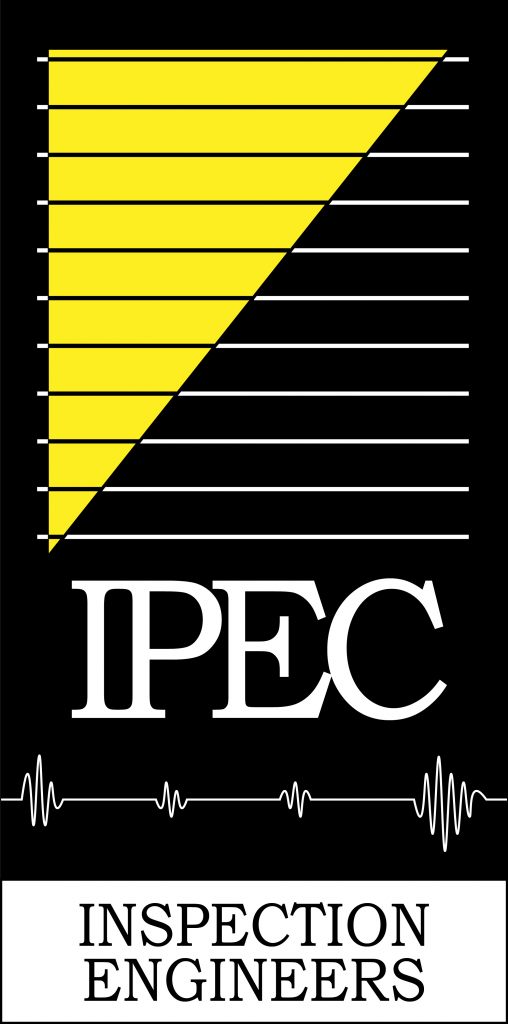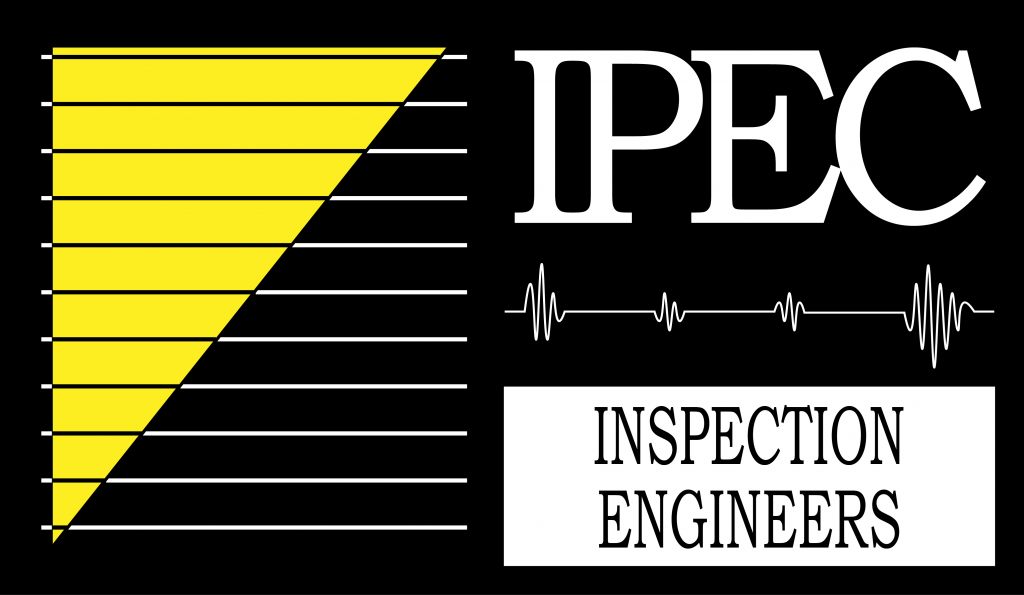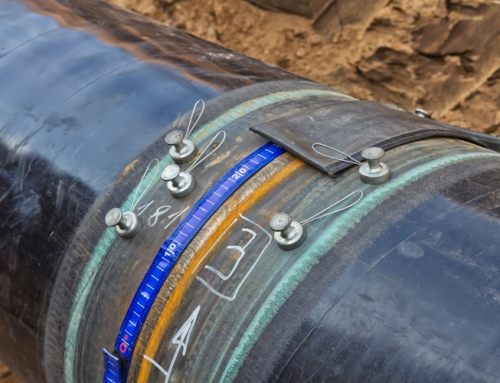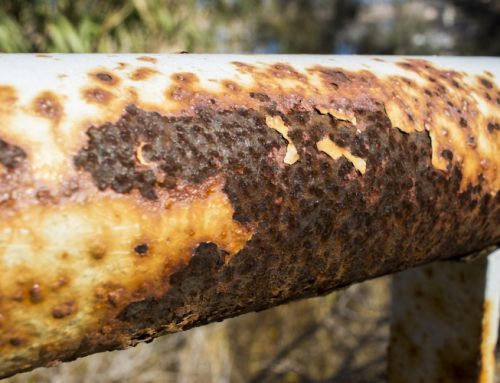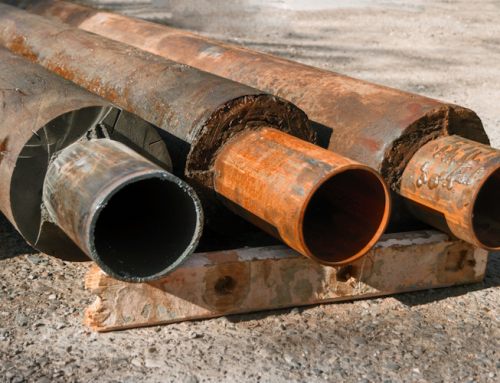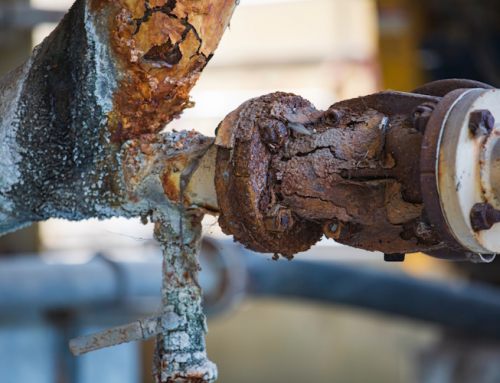Delighted to help out Dr. O’ Connor on this study aiming to develop artificial kidney stones for ex vivo studies by using an ultrasound transmission technique, from which the corresponding mechanical properties can be calculated based on elastic wave theory.
Abstract 32 – Fabrication of artificial kidney stones of different physical properties for ex vivo experimentation.
Introduction: There have been several new technologies introduced recently for lithotripsy. The optimal settings of these devices are unknown for different kidney stone densities. This study aims to develop artificial kidney stones for ex vivo studies.
Methods: BegoStone was prepared with a powder to water ratio (by weight) ranging from 15:3 to 15:6. The phantoms’ acoustic properties were characterised by using an ultrasound transmission technique, from which the corresponding mechanical properties can be calculated based on elastic wave theory.
Results: The measured parameters for BegoStone phantoms of different water contents were assessed with regard to longitudinal wave speed, transverse wave speed, density, longitudinal acoustic impedance, transverse acoustic impedance, Young’s modulus, bulk modulus, and shear modulus. Longitudinal (CL (m/s))and transverse wave speeds (CT (m/s), and density (ρ (Kg/m3)) of BegoStone phantoms with different powder to water ratios corresponded to the known properties reported in natural kidney stones (Calcium Oxalate Monohydrate, Brushite, Uric acid and Struvite). A BegoStone water ratio of 15:3 had similar properties to Calcium Oxalate Monohydrate, 15:4 to be similar to Brushite, 15:5 was similar to Uric acid, and 15:6 was similar to Struvite.
Conclusion: This BegoStone preparation method can be used to fabricate artificial stones with physical properties matched with those of natural kidney stones of various chemical compositions.
https://www.sciencedirect.com/science/article/kidneystones
